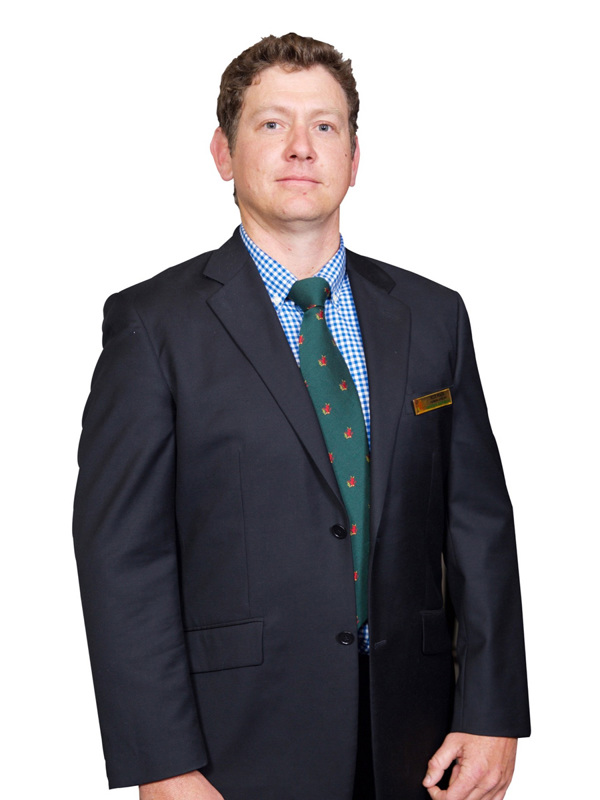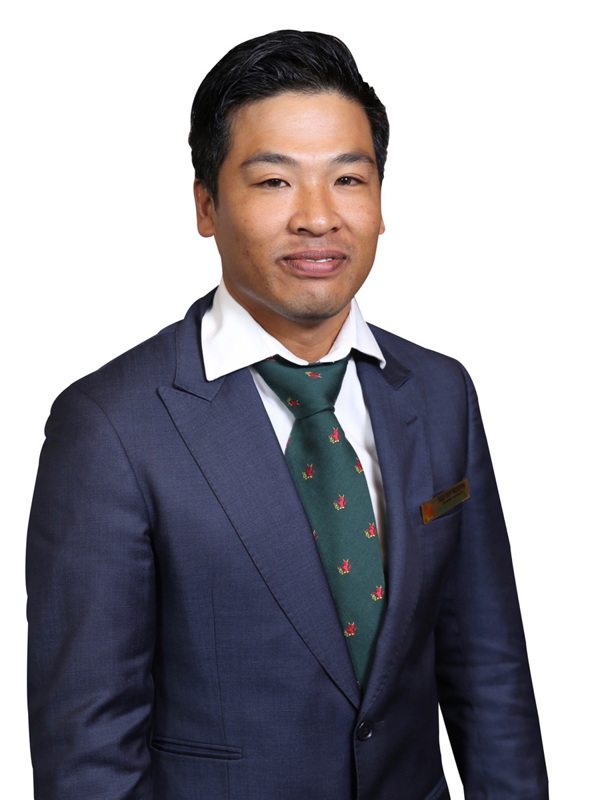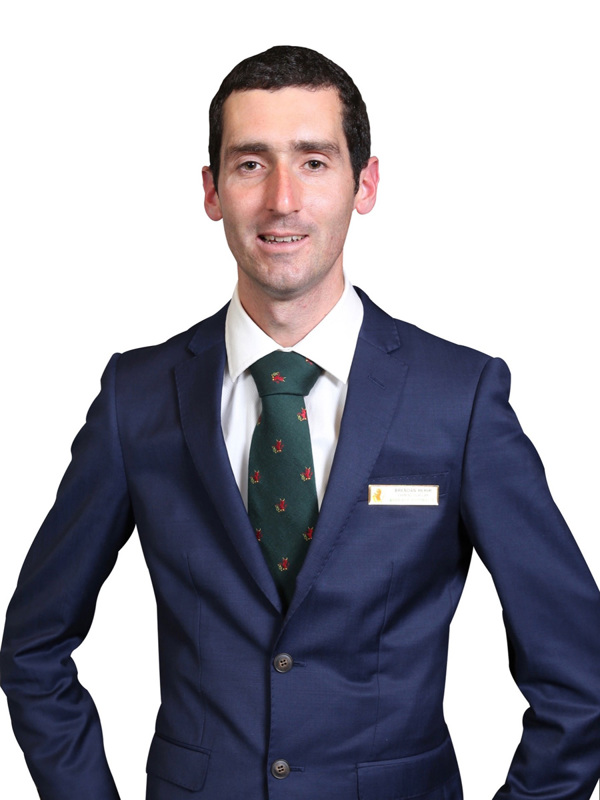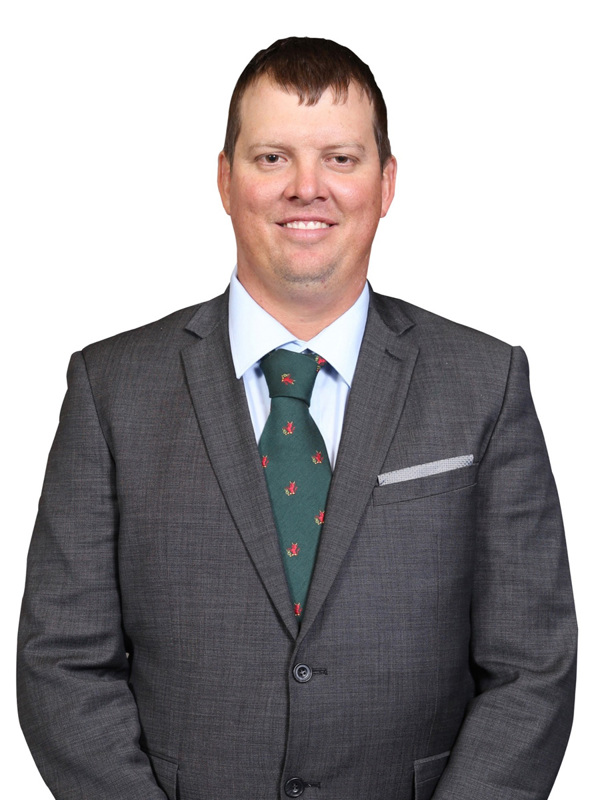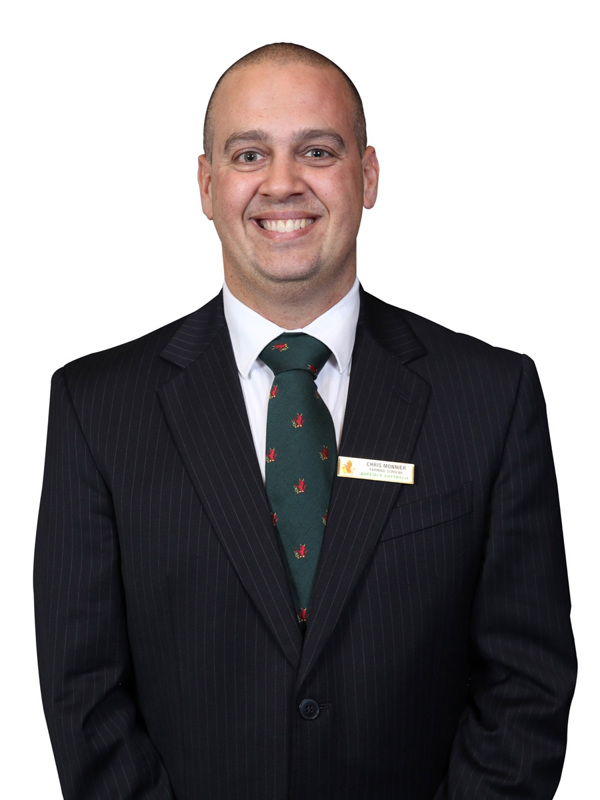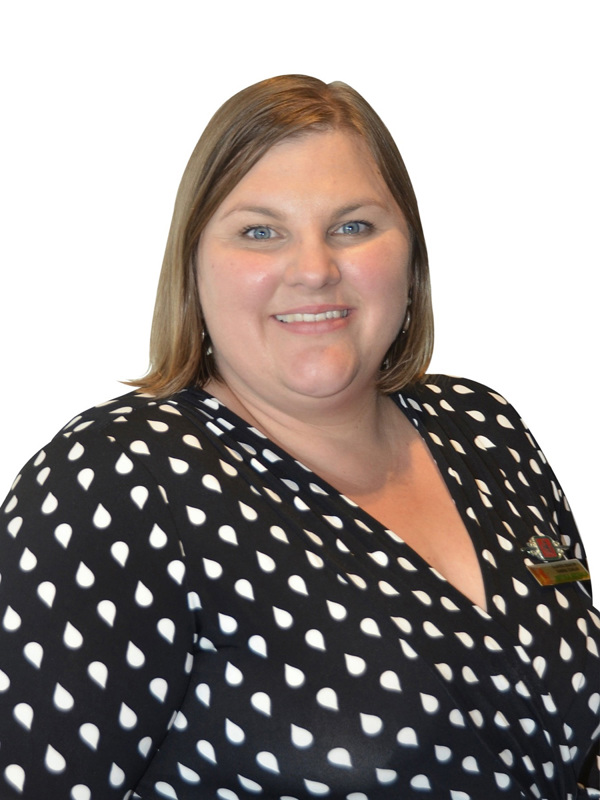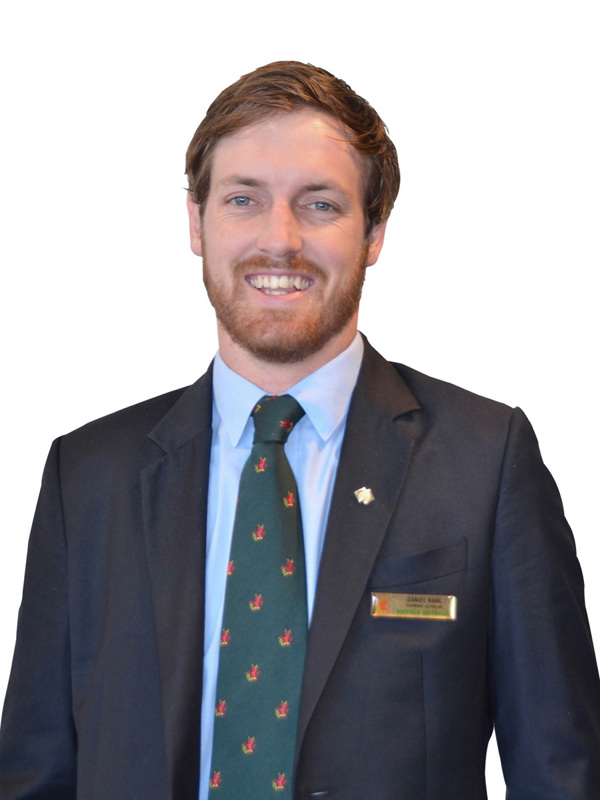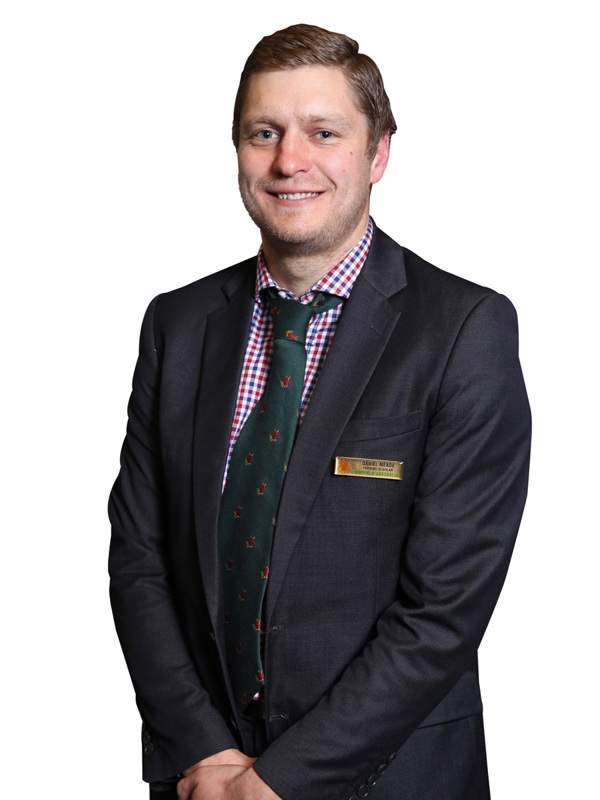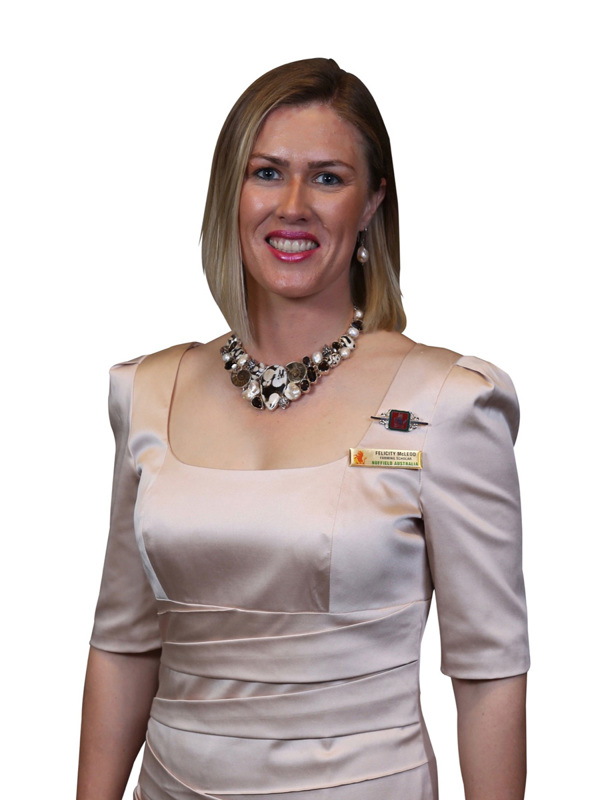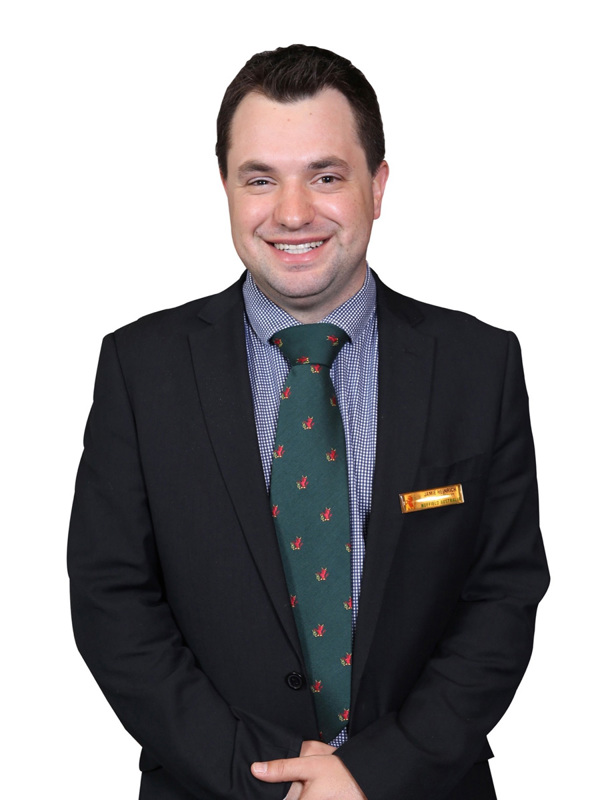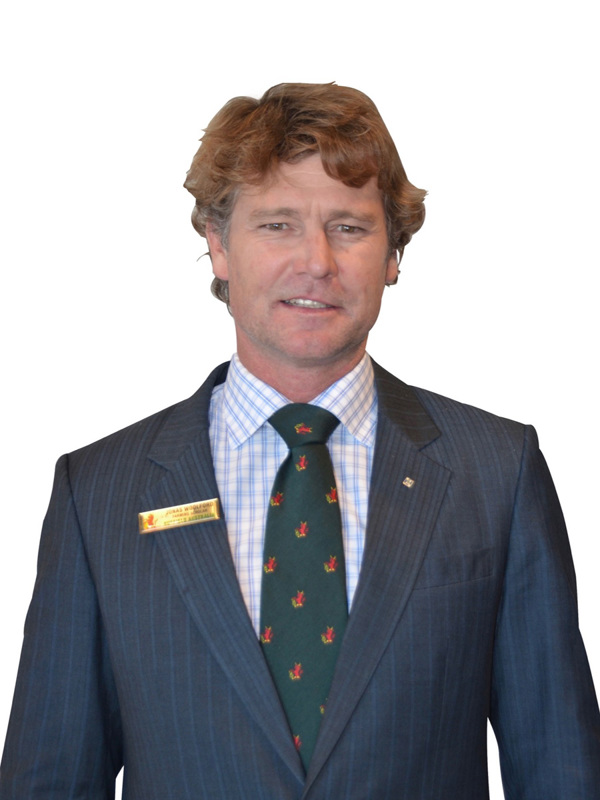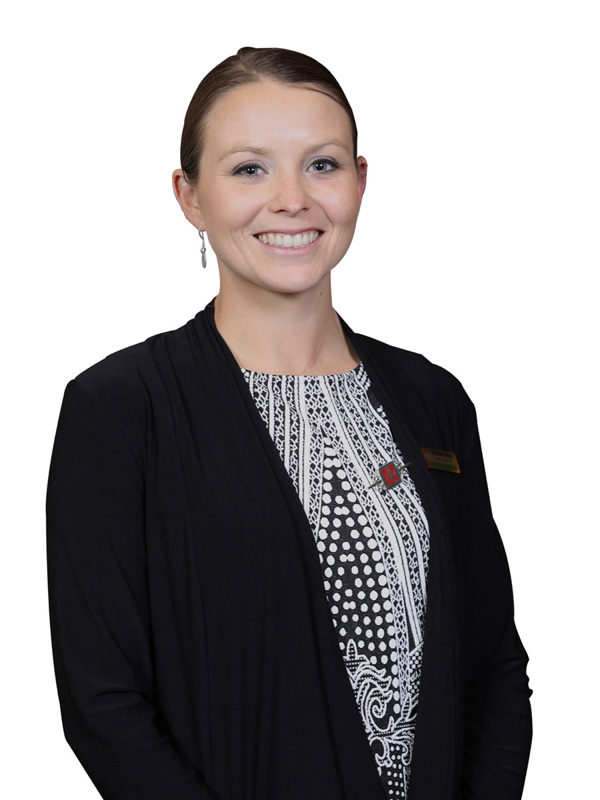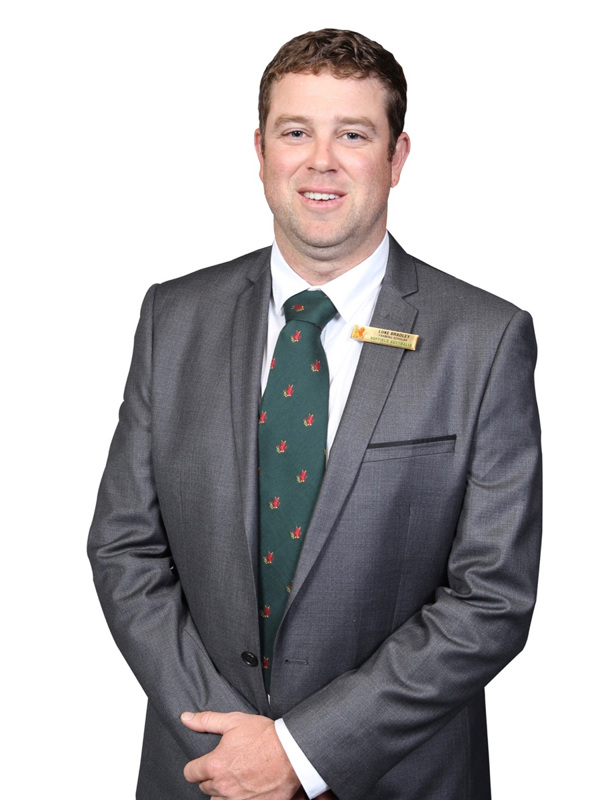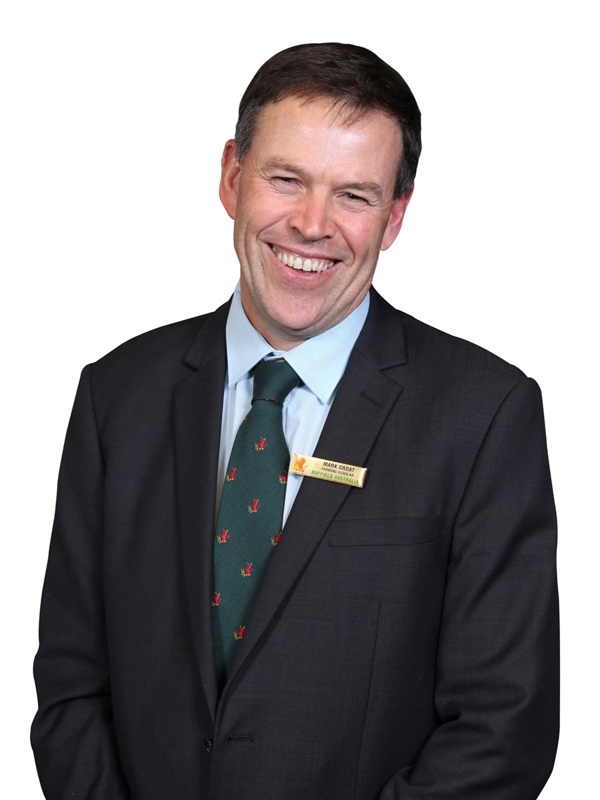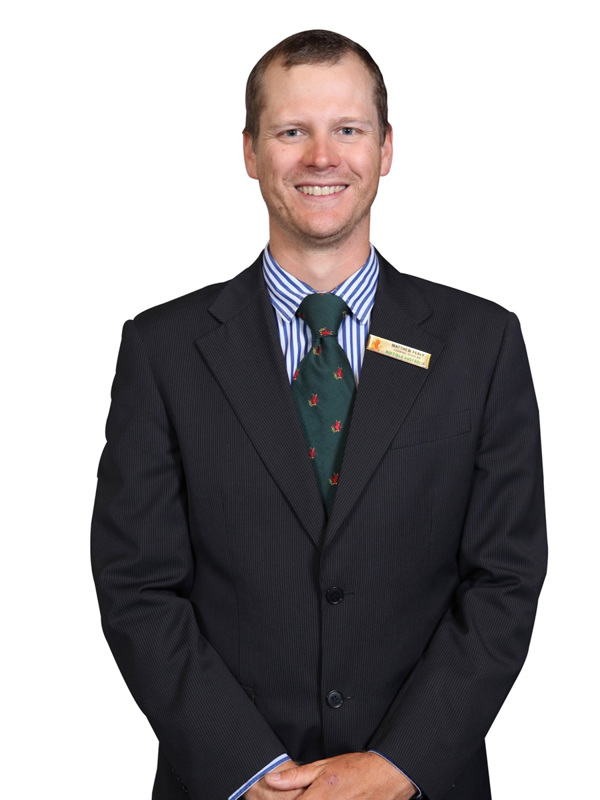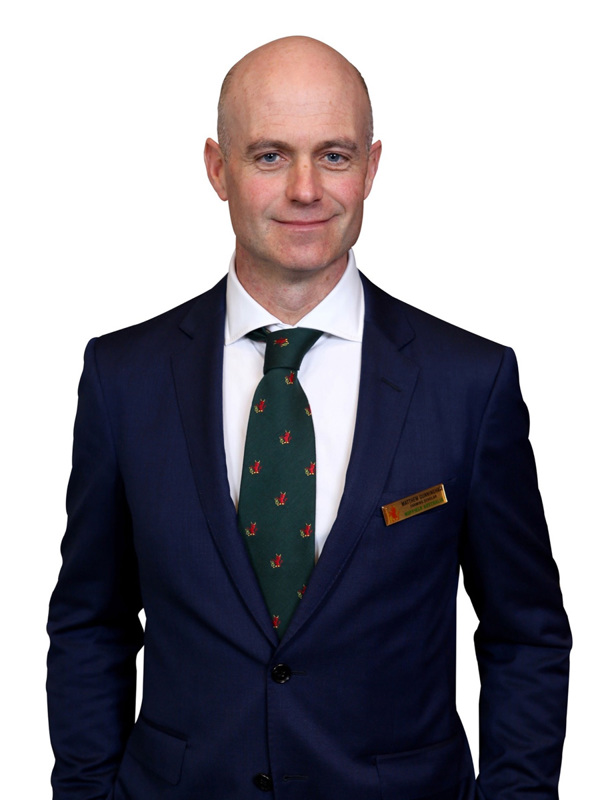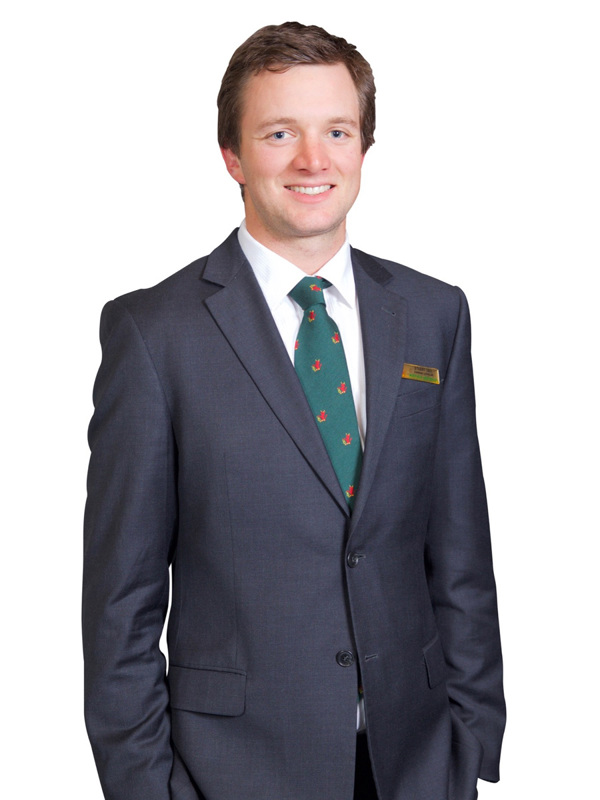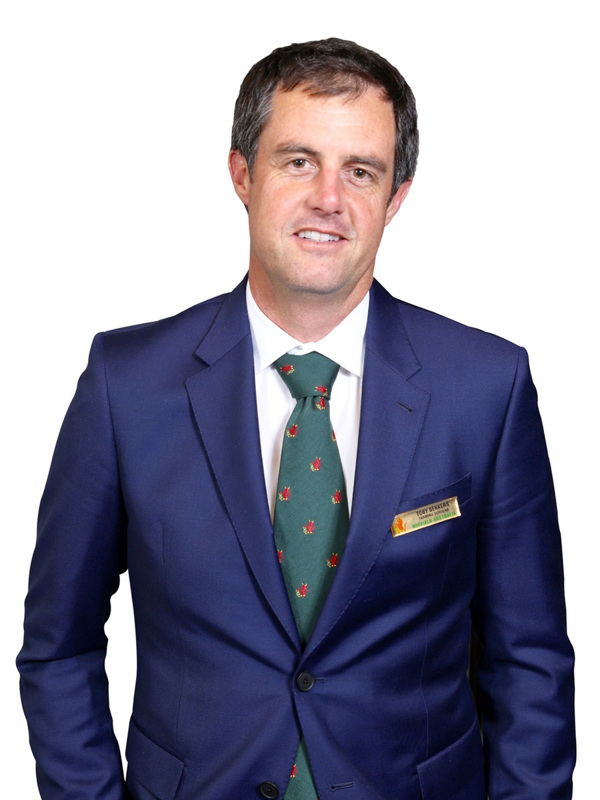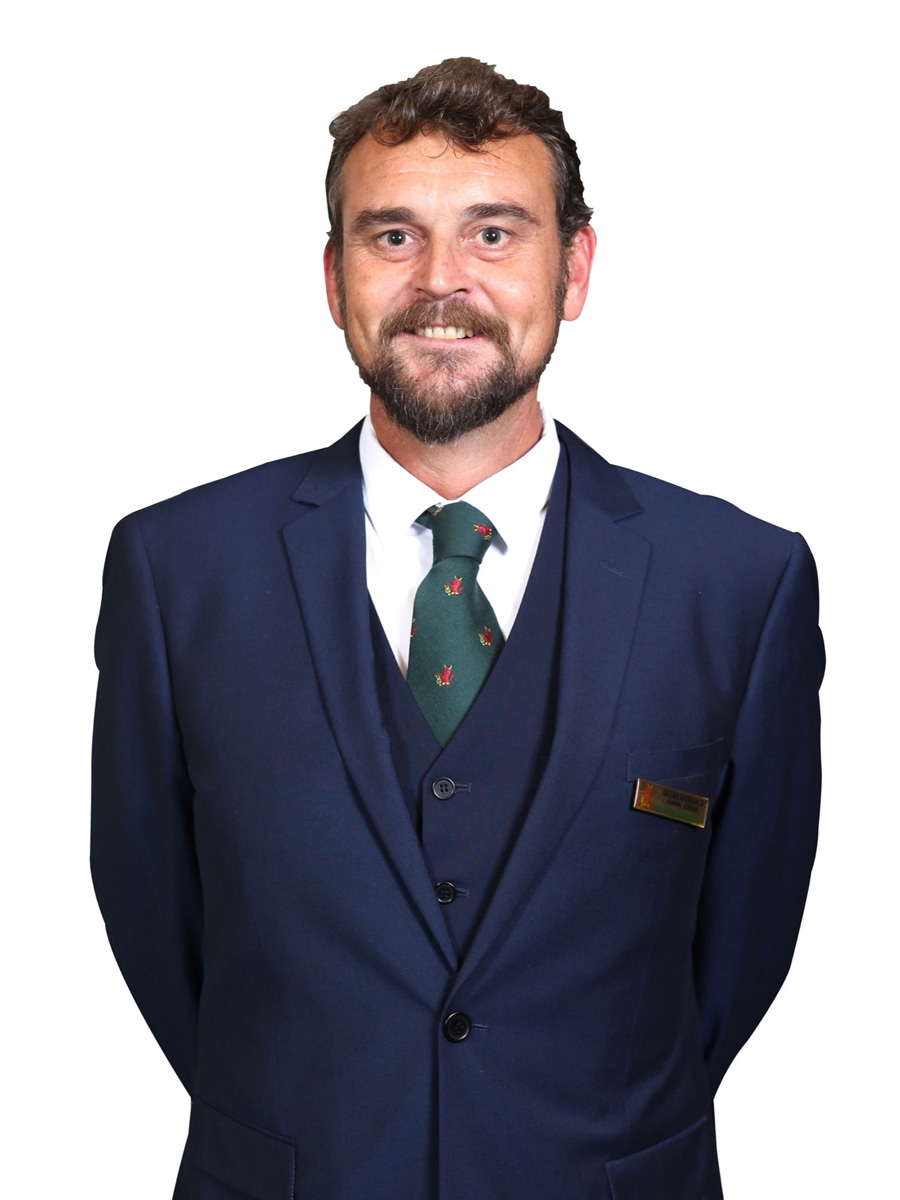
Glenn Wormald

Nuffield Australia 2017 Scholar
Prawn nursery technology pushing production possibilities
Enhanced nursery systems are helping prawn farmers around the world to overcome key production challenges and increase their efficiencies, according to a new report released by 2017 Scholar Glenn Wormald. Mr Wormald is the Larval Rearing Manager at Pacific Reef Fisheries, located at Guthalungra in North Queensland. The farm produces over 1,000 tonnes of black tiger prawns and around 100 tonnes of cobia annually, and is currently extending its site, which will include the continuing development of the nursery phase in the rearing process.
Currently, and most commonly, prawn farming in Australia involves breeding and rearing prawn larvae in a hatchery, then transferring the stock to a grow-out pond. Mr Wormald hopes his research will lead to greater industry adoption of prawn nurseries, and help to increase farm productivity. Supported by the Fisheries Research & Development Corporation, Mr Wormald said his Nuffield Scholarship introduced him to some of the world’s best prawn nurseries, including those in North, Central and South America, Canada and the Asia Pacific.
“From prawn growing systems stacked storeys-high indoors during a frozen Canadian winter, to uncovered hatcheries scattered beneath the harsh South American sun – the Nuffield experience opened my eyes to a new world of possibilities in Australian prawn production. It was fantastic to see many of these farmers utilise nursery technologies that provide greater control over prawn crops, and allow for the manipulation of growing environments to boost efficiencies. We’re only just starting to embrace prawn nurseries here in Australia, so from the outset I wanted to learn from these farmers, and to understand how such systems could be applied back home.”
Having produced black tiger prawns in Queensland for over fifteen years, Mr Wormald was prompted to undertake his Scholarship after finding the variability in quality of post larvae (juvenile prawns) was difficult to manage in the grow-out stage.
“Larval quality is directly linked to the quality of the brood stock (parent prawns). Currently, Australian prawn farmers are dependent on brood stock from the wild, with much industry effort and investment now aimed at securing a more consistent and sustainable source. To ensure greater survival rates and increase production from wild sourced brood stock, we need to grow larger and older post larvae (PL). More mature PL survive better in ponds, but more time and space is needed to do this effectively.
“This is where nurseries come in; they are an immediate method of rearing that can be used to improve the PL quality and enhance production on farm. They also allow for better control over water quality, temperature and nutrition to ensure a successful transition from the hatchery to the pond.”
In his report, Mr Wormald explains the benefits of nurseries for Australian prawn producers are two-fold: they have the potential to add value to crop efficiencies and production outcomes, as well as strengthen a farm’s biosecurity defences.
“Firstly, nurseries increase control over PL growth and development prior to pond stocking, while also providing nutritional and environmental stability, and easier access to the animals for observation and assessment by staff. Secondly, they improve biosecurity by enabling a greater degree of PL care and health management, increasing our environmental control, and helping to exclude disease vectors. For instance, a successful prawn nursery in Thailand was returning a survival rate of 80-85 per cent. It achieved this by using probiotics and effective incoming water disinfection strategies to prevent the spread of disease to the farm.”
Mr Wormald’s take-home message to other farmers, particularly those producing Australian black tiger prawns, is to keep an open mind when it comes to trying new practices. He recommends trialling technologies, reviewing the results and applying these to inform the business’s next steps.
“Whether it’s nurseries, centre draining lined ponds, total exclusion of predators or even probiotics, these efficiencies can only be proven by the farmers and their staff implementing them on a daily basis. A good example was a farm in Central America, where the owners were delighted to see that staff engagement was increased due to the introduction of nurseries. It prompted more constructive and positive discussion, and led to new ideas to achieve greater outcomes. As our industry moves to new systems like nurseries, we will need to take on increased responsibility and develop new skills, which I believe is a great thing for the continuous improvement of our people and our industry.”
